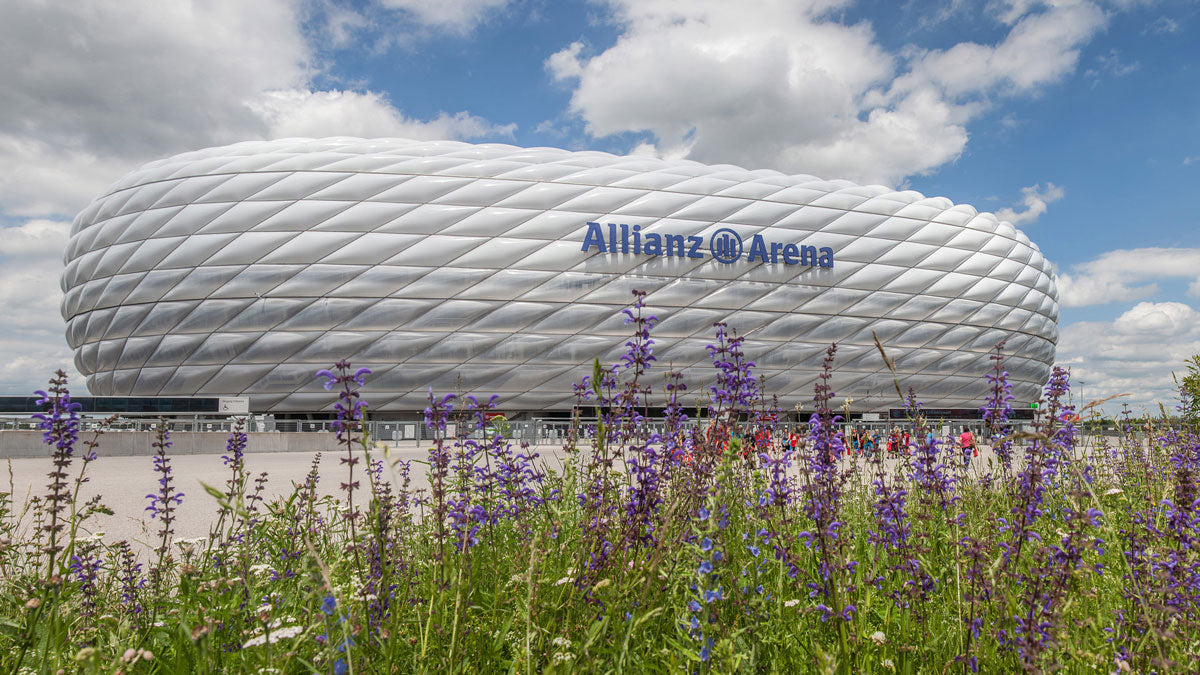Sports are an important aspect for human beings and limits do not exist when it comes to reaching the gold medal. Stadiums must keep up with this level, reason why design becomes the norm and the standards keep rising up.
The 2020 Olympics in Tokyo have already made it to the news. It is no secret that Japanese technology is always ahead, their medals (gold, silver, and bronze) are made with recycled electronic equipment and the infrastructure with which they will greet athletes has become a popular topic. The construction of Tokyo’s New National Stadium, designed by Japanese architect Kengo Kuma, is located in Kasumigaoka (Tokyo, Japan) and has the capacity to hold 80,000 seats. The venue will be inaugurated at the end of the year and will host the opening and closing ceremonies of this major sports event.
Other arenas under the spotlight
Architectural innovation has gained ground in sport venues during the last years. Events like the Olympics or the FIFA World Cup have been the perfect excuse to create spectacular structures, taking advantage of the fact that the world’s eyes are on them.
Ericsson Globe
Located in Stockholm (Sweden), this sports venue does not stand out for its size (16,000 seats), but rather for its spherical shape with a 110-meter diameter and 85-meter height. The flashy white steel and concrete sphere, created in 1989, is the world’s largest spherical construction.

Allianz Arena
Also known as Bayern Munich Stadium, this place, which can hold up to 69,000 people, is located in Munich (Germany). The stadium has attracted attention for the technology employed in its façade, made of ETFE panels, turning it into the first field in the world to have a fully changing-color exterior, since each panel can be lit independently.
The Float
Singapore has been known for its skills when it comes to creating constructions that draw attention and this place could not be different. Known as the world’s largest floating stage, it is fully made of steel. The platform has capacity for 30,000 people and is located in the Marina Bay area, since it was inaugurated in 2007.
Bird's Nest
The outer structure made of interlocking steel beams is what gives the name to this place, opened in 2008 in Beijing (China). 42,000 tons of steel were used in its construction along with the concept meant to represent Chinese traditional pottery.



